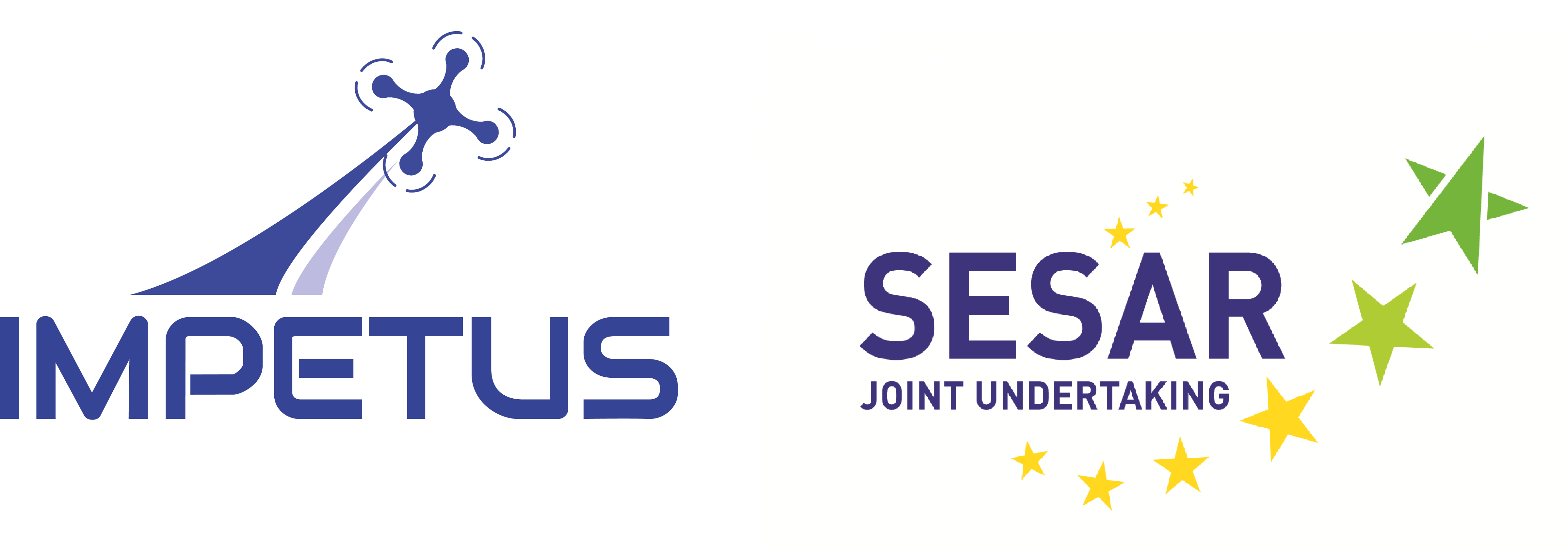U-Space services
Weather information service

Perform tests on dense urban scenarios: Performing simulation tests covering dense urban scenarios would allow us to measure the effect of adding computational fluid dynamics (CFD) to compute the effect of building at a hyper local scale on the weather variables, mostly wind.

Assess the required work on client services to make use of the probabilistic nature of the predictions provided by the service.
Monitoring and traffic information services

Contingency scenarios must be defined and rules for actuation developed in further steps. These could include the use of on-board capabilities of the drones for direct drone-to-drone coordination in case the U-space system fails entirely.
Mission and flight planning management services

Operation plan preparation assistance service: The definition of uncertainty buffers needs to be further examined along with the definition of an entire mission plan that encompasses the operation of many drones following the same mission purpose, which is becoming common practice for numerous mission types.

Drone operation plan processing service: Examine the interaction between drone operation plan processing service and a general dynamic capacity management. Trajectories with uncertainty should also be considered. The resulting demand for airspace utilization could impact capacity and therefore lead to more requests for re-planning than the ones observed in the examinations.

The scalability of a micro-service implementation of the drone operation plan processing service in relation to increasing computing power to resolve large de-confliction and re-planning features is a remaining gap to be further researched.
Tactical de-confliction and dynamic capacity management services

Further information systems will need to be developed and existing ones optimised to improve the performance of de-confliction and dynamic capacity management services. Focus should be on improving the situation picture and advancing the system’s ability to predict changes to the airspace environment and those operating within it.
U-Space: next steps

